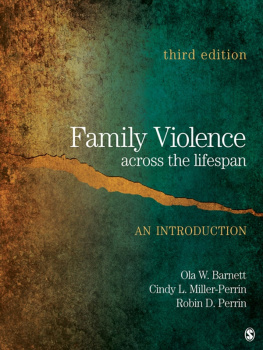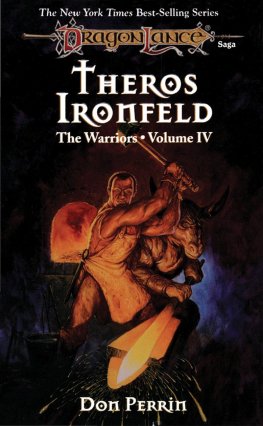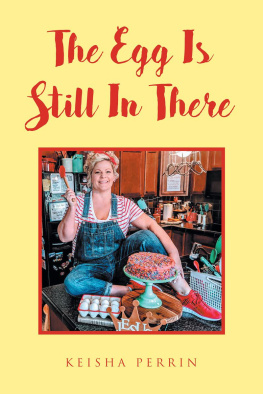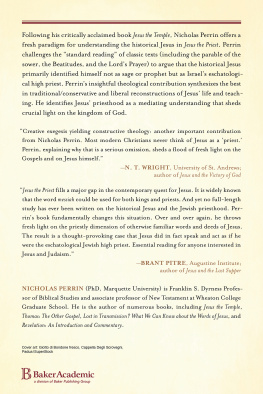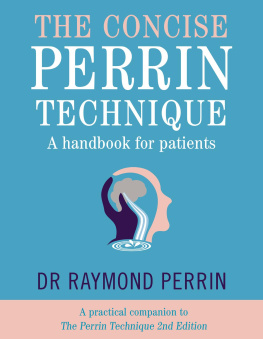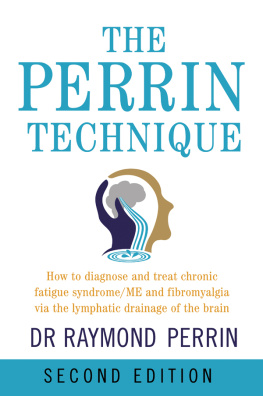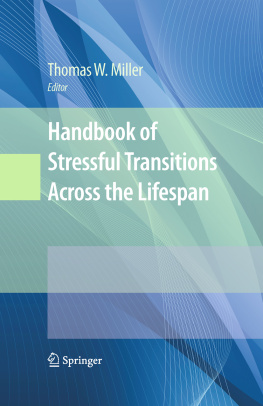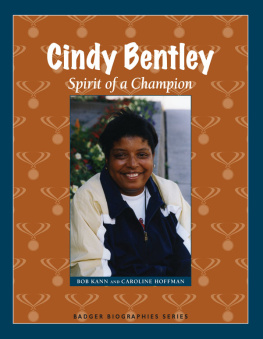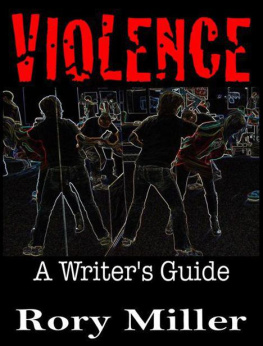Cindy L. Miller-Perrin - Family Violence Across the Lifespan: An Introduction
Here you can read online Cindy L. Miller-Perrin - Family Violence Across the Lifespan: An Introduction full text of the book (entire story) in english for free. Download pdf and epub, get meaning, cover and reviews about this ebook. year: 0, genre: Science. Description of the work, (preface) as well as reviews are available. Best literature library LitArk.com created for fans of good reading and offers a wide selection of genres:
Romance novel
Science fiction
Adventure
Detective
Science
History
Home and family
Prose
Art
Politics
Computer
Non-fiction
Religion
Business
Children
Humor
Choose a favorite category and find really read worthwhile books. Enjoy immersion in the world of imagination, feel the emotions of the characters or learn something new for yourself, make an fascinating discovery.
- Book:Family Violence Across the Lifespan: An Introduction
- Author:
- Genre:
- Year:0
- Rating:5 / 5
- Favourites:Add to favourites
- Your mark:
- 100
- 1
- 2
- 3
- 4
- 5
Family Violence Across the Lifespan: An Introduction: summary, description and annotation
We offer to read an annotation, description, summary or preface (depends on what the author of the book "Family Violence Across the Lifespan: An Introduction" wrote himself). If you haven't found the necessary information about the book — write in the comments, we will try to find it.
Family Violence Across the Lifespan: An Introduction — read online for free the complete book (whole text) full work
Below is the text of the book, divided by pages. System saving the place of the last page read, allows you to conveniently read the book "Family Violence Across the Lifespan: An Introduction" online for free, without having to search again every time where you left off. Put a bookmark, and you can go to the page where you finished reading at any time.
Font size:
Interval:
Bookmark:
third edition
Family Violence
across the lifespan
third edition
Family Violence
across the lifespan
AN INTRODUCTION
Ola W.Barnet
Cindy L.Miller-Perrin
Robin D.Perrin
Pepperdine University

Copyright 2011 by SAGE Publications, Inc.
All rights reserved. No part of this book may be reproduced or utilized in any form or by any means, electronic or mechanical, including photocopying, recording, or by any information storage and retrieval system, without permission in writing from the publisher.
For information:
 | SAGE Publications, Inc. 2455 Teller Road Thousand Oaks, California 91320 E-mail: order@sagepub.com | SAGE Publications India Pvt. Ltd. B 1/I 1 Mohan Cooperative Industrial Area Mathura Road, New Delhi 110 044 India |
| SAGE Publications Ltd. 1 Olivers Yard 55 City Road London EC1Y 1SP United Kingdom | SAGE Publications Asia-Pacific Pte. Ltd. 33 Pekin Street #02-01 Far East Square Singapore 048763 |
Printed in the United States of America
Library of Congress Cataloging-in-Publication Data
Barnett, Ola W.
Family violence across the lifespan : an introduction / Ola Barnett, Cindy L. Miller-Perrin, Robin D. Perrin.3rd ed.
p. cm.
Includes bibliographical references and index.
ISBN 978-1-4129-8178-1 (pbk.)
1. Family violence. I. Miller-Perrin, Cindy L. (Cindy Lou), 1962- II. Perrin, Robin D. III. Title.
HV6626.B315 2011
362.8292dc22
2010032332
This book is printed on acid-free paper.
10 11 12 13 14 10 9 8 7 6 5 4 3 2 1
| Acquisitions Editor: | Kassie Graves |
| Associate Editor: | Leah Mori |
| Editorial Assistant: | Courtney Munz |
| Production Editor: | Astrid Virding |
| Copy Editor: | Terri Paulsen |
| Permissions Editor: | Adele Hutchinson |
| Typesetter: | C&M Digitals (P) Ltd. |
| Proofreaders: | Scott Oney, Dennis Webb |
| Indexer: | Molly Hall |
| Cover Designer: | Bryan Fishman |
Brief Contents
Detailed Contents
Case Histories
Preface
F amily violence is not a new phenomenonit has probably existed in families since the beginning of time. Only in modern times, however, has society begun to recognize violence against family members as a social problem.
The well-publicized findings of multiple fractures appearing in the X-rays of abused children by Dr. C. Henry Kempe of Colorado propelled the problem of child abuse into public view. The advent of the womens movement in the 1970s helped spawn the battered womens shelter movement. The vast number of reports of family violence made to the police and other officials also heightened concern about abuse of children, dating partners, spouses, and elders.
Family violence research has expanded across the globe, illuminating the vastness of the problem of violence. Now, the World Health Organization expends considerable effort on reducing violence against women and children. Some of these atrocities have come to light through the media coverage of the wars in Iraq and Afghanistan. With worldwide attention focused on family violence, Human Rights Conventions (documents containing stipulations for government action) have incorporated authoritative language to protect women and children.
Progress within the field of family violence has been rapid. Many grassroots organizations, mental health workers, researchers, lawmakers, legal and medical professionals, criminal justice authorities, book writers, and the media have mobilized their efforts to understand the phenomenon of family violence. In the past three decades, the general public has become familiar with family violence through news coverage of highly publicized cases, television programs, and movies. At the same time, researchers have made great strides in recognizing the scope of family violence and the context in which it occurs. Despite these advances, academicians have only examined the tip of the iceberg of this crisis.
Family Violence Across the Lifespan, 3rd Edition has been written to continue the discovery of violence between intimates. There is a great need to go on with the work of bringing the topic into the mainstream of public knowledge. To achieve these goals, the book draws together a voluminous research literature that describes the magnitude, consequences, and causes of family violence. The amount of published research available since the first edition (1997) and the second edition (2005) of the text has tripled, if not quadrupled. The third edition includes a new chapter on abused and abusive adolescents and another on abused and abusive adult partners in understudied populations. The chapter on understudied populations incorporates scholarship on abused persons among marginalized groups. These populations include rural women, disabled individuals, same-sex couples, military adults, immigrant/ethnic groups within the United States, and cultures worldwide. Other topics cover the social and professional responses to family violence, including clinical treatments, educational efforts within schools,social service agency practices, governmental policies, criminal justice system procedures, and policy and prevention efforts.
Because of the breadth of the topic and the enormous amount of available literature, the chapters present a broad overview and summary of research findings. Throughout the volume, the focus has been on providing responsible scholarship by presenting data relevant to both sides of a debatable issue. Along the way, graphic case histories have enlivened statistical accounts, and controversial topics frequently appear within boxed inserts. For readers who are interested in obtaining further details on specific topics, there are additional resources in appendixes and on the books website (www.sagepub.com/barnett3e).
In particular, the glossary appendix aids readers in understanding unfamiliar phrases and statistical nomenclature. Its inclusion facilitates readers access to a broader coverage of the field. Another appendix contains abbreviations (acronyms) of the names of organizations and phrases used by researchers. These appendixes will simplify the readers task of understanding the research findings.
We hope that we have presented the content in such a way that readers can find their own personal roles in the struggle to end family violence. We invite you, our readers, to contact us to express your impressions of the book, to send us your personal case histories, or to provide us with additional references and resources. Furthermore, we hope the book offers information to victims and perpetrators that will change their lives for the better. Finally, we hope this text in some measure decreases the isolation and suffering of victims and ultimately contributes to solutions to end family violence.
Ola W. Barnett
Cindy L. Miller-Perrin
Robin D. Perrin
Acknowledgments
F irst, we wish to acknowledge Kassie Graves, senior acquisitions editor of Human Services at Sage Publications, and C. Terry Hendrix, consulting editor, for reviving the prospects of a third edition of the text. Their expertise in recognizing and shaping changes in the third edition expanded the scope of the content to include a more global approach. Without their proficiency and guidance, the book would not have become available to academia and the public in general. We are also grateful to the instructor-reviewers of the second edition for their analyses of the books content. Their extensive knowledge of the field and constructive comments provided new insights and directions for the third edition.
Next pageFont size:
Interval:
Bookmark:
Similar books «Family Violence Across the Lifespan: An Introduction»
Look at similar books to Family Violence Across the Lifespan: An Introduction. We have selected literature similar in name and meaning in the hope of providing readers with more options to find new, interesting, not yet read works.
Discussion, reviews of the book Family Violence Across the Lifespan: An Introduction and just readers' own opinions. Leave your comments, write what you think about the work, its meaning or the main characters. Specify what exactly you liked and what you didn't like, and why you think so.

